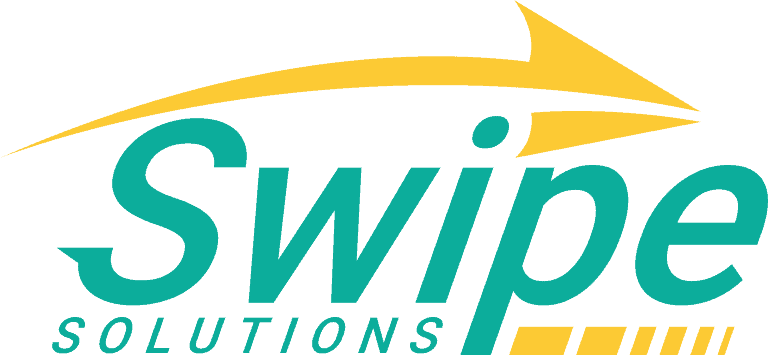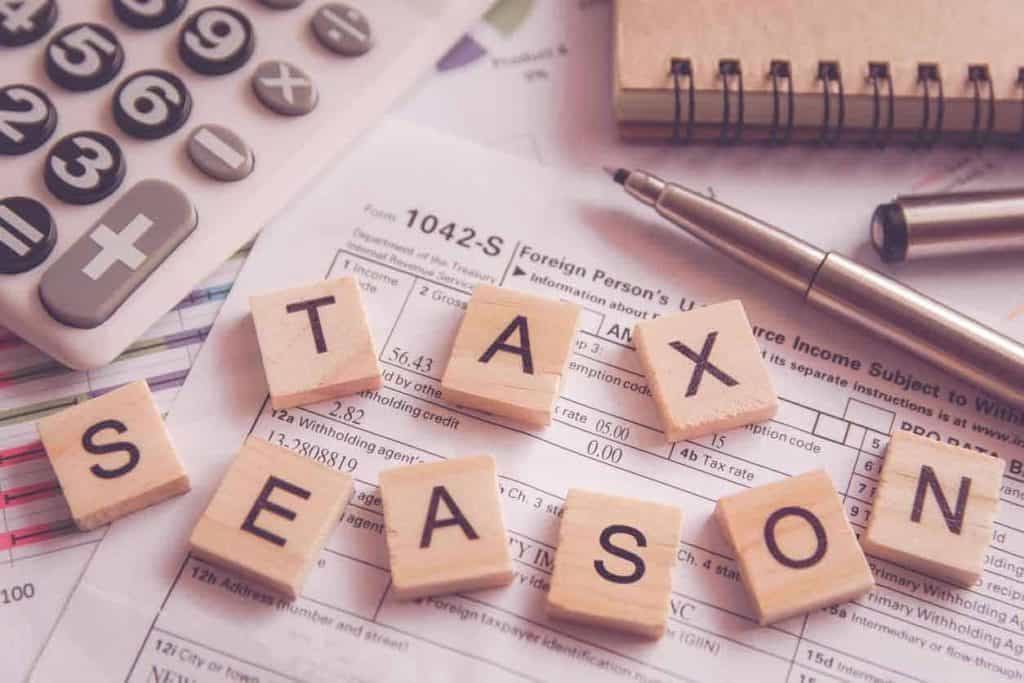Tax Preparation for Newbies
In high school, you and I learned that neatness made a difference when we submitted our work. Teachers have a reputation as sticklers, but they cannot match the IRS for insistence on appearances. A messy Form 1040, 1040-A or 1040-EZ does not get the reception that we want from a professional at the IRS.
Benefiting from Tax Filing Tips

Deadlines mean something to teachers and the IRS, and we cannot ignore them. The IRS lets us delay the April 15 deadline with the timely filing of Form 4868. The extension gives us more time for preparing the paperwork but not for paying estimated tax.
1. Calculations
Round amounts to the nearest dollar to make calculations simpler and avoid math mistakes.
2. Payment
Enclose a check with your Social Security number on it for any amount due. You can include Form 1040-V to ensure accurate processing.
3. Helpful Guide
Use last year’s return as a reminder of your deductions and income sources, but the standard deduction and exemptions may have changed.
4. Record Keeping
Retain a copy of your return and supporting documents for three years after each year’s filing deadline. Set up 8 x 10 envelopes for current records and receipts.
5. Get Help
When filing taxes seems too overwhelming, you can get help from a tax attorney, a CPA, a commercial tax preparation office or an IRS rep.
Choosing the Right Tax Form

You have probably heard the adage that we have only two certain obligations, dying and paying taxes, and neither of us wants to do either of them.
However, since we must report our income to the IRS, we can make it as easy as possible on ourselves by getting everything right the first time. The IRS runs on paperwork, it seems, and they have three forms that give you a choice that matches your financial situation and your preference for handling deductions.
They range from simple and easy to complicated and confusing. First, though, you need to know what standard deduction means so that you can choose the right form. Remember that you can get tax help when you need it.
Standard Deduction
The government allows us to claim a deduction that reduces the amount of tax that we owe.
Much easier to use than keeping track of allowable deductions, the standard deduction does not require you to itemize anything. The amount may change from year to year, and it reflects your age and filing status, whether you have a disabling condition or appear as someone’s dependent. While you and I may want to use both types of deductions, we must choose one or the other for any tax year.
Choosing One of Three Forms to Report Your Income
You and I must report our income on IRS Form 1040 or either of two other simpler versions of it.
Form 1040-EZ gives you the easiest way to file as a single person or married and filing jointly. Other qualifications that make you eligible to use it include having no dependents and earning less than $50,000 per year. You must not have reached age 65, and neither can your spouse. Blindness disqualifies you from filing the EZ form. To use it, you may not have earned interest payments of more than $400, and you must elect to use the standard deduction.
Form 1040-A gives you the simplest way to file your taxes. When you use it, your income must amount to less than $50,000, and you must choose the standard deduction.
Form 1040 becomes a requirement if your income amounts to more than $50,000 and you itemize deductions. You may file with the Form 1040 at any time, but why bother with the most complicated form unless you must.
Reporting Income from All Sources
The sources of income other than the W-2 that you get from an employer requires an explanation. You may receive a Form 1099 for work as an independent contractor, and you must report income from all sources.
Some of the paperwork gets rather complicated, and you can reach out for tax help when it starts to seem too hard to do.
• Schedule A
Use this page to itemize your deductions.
• Schedule B
Report your taxable interest or any dividends that amount to more than $400.
• Schedule C or C-EZ
These sheets let you describe the profit or loss that your business experienced.
• Schedule D
If you received any capital gains or losses, report them on this schedule.
• Schedule E
Any supplemental income or losses can go on this schedule.
• Schedule EIC
Use this form to give the IRS information about a qualifying child.
Identifying Yourself
The IRS needs identification of your status as a taxpayer.
• Single means unmarried, widowed and legally separated.
• Married and Filing Jointly applies to married couples who report both incomes on one form, and both must sign the return.
• Married and Filing Separately may provide a tax advantage for married couples who file and pay taxes individually.
• Head of Household status gives a tax advantage to a single person who provides more than half of the support of a home where a dependent child lives. It may apply to married people living apart in some cases.
• Qualifying Widow with Dependent Child involves exceptional circumstances that may benefit from help with tax preparation.
Filling in the Blanks
Set aside a block of time where you can concentrate on completing your tax return. You need your W-2s, 1099s and any other proof of income.
The IRS requires accuracy, and you can avoid problems by entering each item carefully. Make sure to enter your correct Social Security number, attach the forms that show your income and enclose Form 1040-V with your check for any amount due. Remember to include your signature and date on your tax return, and make sure to get it postmarked by the deadline of April 15. If you make a mistake, you can file Form 1040X. If you prepare it correctly the first time, you can avoid the hassle of doing it again to fix any errors.
Mailing to the Correct Address
You can download forms and instruction booklets from the IRS or get them from your local library.
The IRS instructional booklets include an envelope with the address of your service center. The leaflets give you a list of IRS centers for your state as well.
Using a Checklist

A shortcut that makes your tax prep as easy as possible lets you use a checklist to save time and avoid mistakes.
1. Plan to meet the April 15 filing deadline.
2. Request an instructional booklet and Form 1040, 1040-EZ or 1040-A from the IRS or your local library.
3. Start your prep by collecting your calculator, checkbook, proof of income and last year’s return.
4. Review your entries for accuracy.
5. Mail your return to the correct address.
Summarizing the Tax Filing Process
You and I both dread having to file taxes, but we have no choice in the matter. While not pleasant, it lets us fulfill one of our responsibilities as an American citizen. Somehow, it helps to know that everyone in the country must do the same thing.
You can get through the process with the least amount of stress by preparing for it ahead of time. Whether you get professional assistance or not, you must compile your income statements and expense receipts that Form 1040, 1040-EZ or 1040-A require. Do you want a professional tax service to help you?


